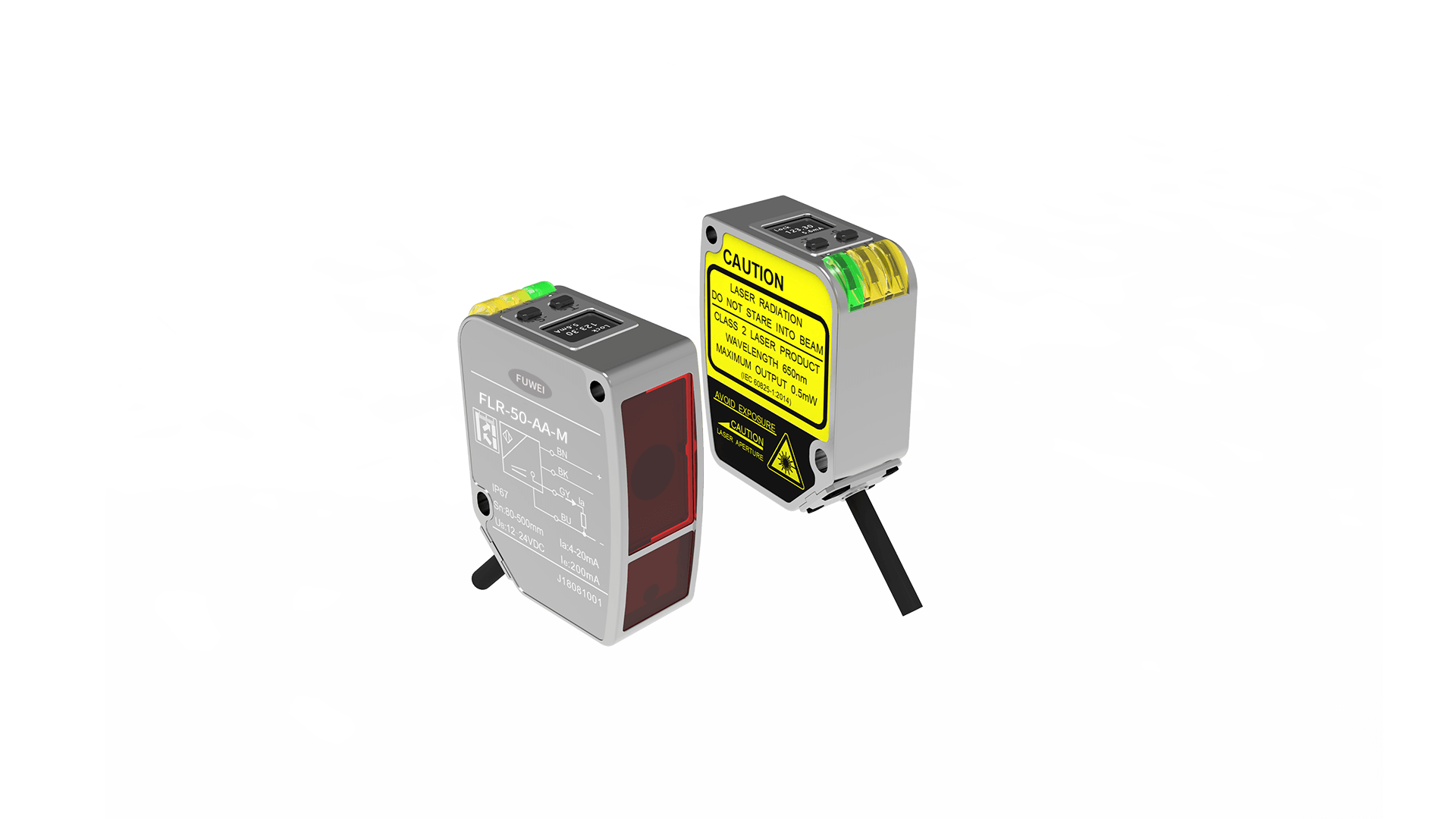Displacement sensors are devices used to measure the position or displacement changes of objects, which can detect linear displacement, rotational displacement, or relative displacement of objects.

Choosing a suitable displacement sensor requires considering multiple factors. Here are some key points for selecting displacement sensors:
1. Measurement range: Determine the displacement range to be measured. The measurement range of the sensor should be able to cover the displacement range you need. Ensure that the selected sensor has an appropriate measurement range, which neither wastes resources excessively nor leads to exceeding its working range.
2. Accuracy and Resolution: Consider the measurement accuracy and resolution you need. Accuracy represents the deviation between the measurement results of the sensor and the actual value, while resolution represents the minimum displacement change that the sensor can distinguish. Select sensors with sufficient accuracy and resolution according to application requirements.
3. Environmental requirements: Evaluate the conditions of the working environment, such as temperature, humidity, pressure, and vibration. Ensure that the selected sensor can operate reliably under these conditions and has an appropriate level of environmental protection.
4. Response speed: Consider the response speed of the sensor according to the needs of the application. Some applications may require sensors that respond quickly, while others may be able to accept relatively slow response speeds.
5. Interface and output signal: Determine whether the interface and output signal type of the sensor are compatible with your system. Common interfaces include analog output, digital output, and communication interfaces (such as RS485, CAN, etc.).
6. Reliability and Durability: Choose sensors with good reliability and durability that can work stably in long-term operation and harsh environments.
The best choice is to evaluate different sensor options based on specific application requirements and communicate with suppliers to obtain more detailed information and technical support in order to make accurate decisions.